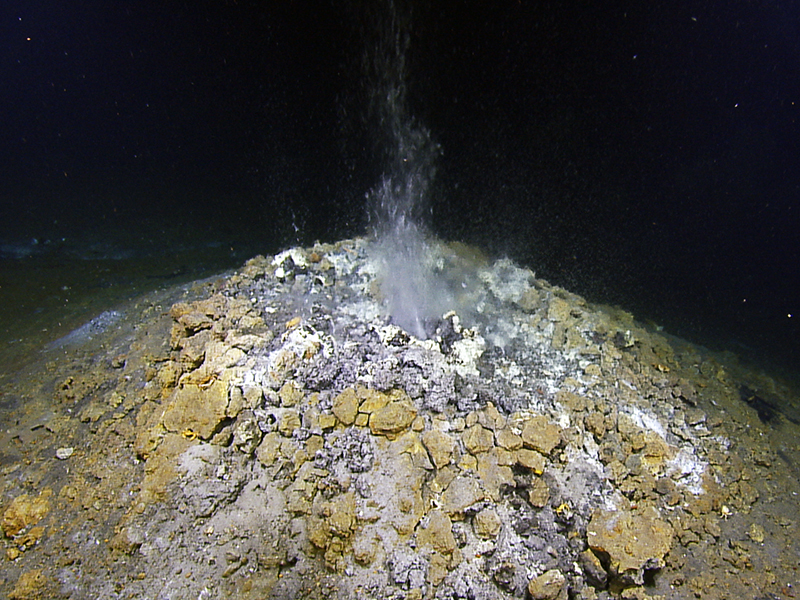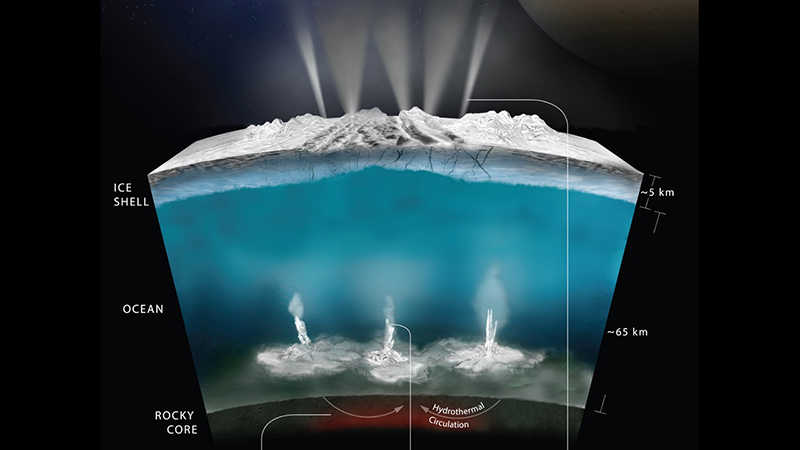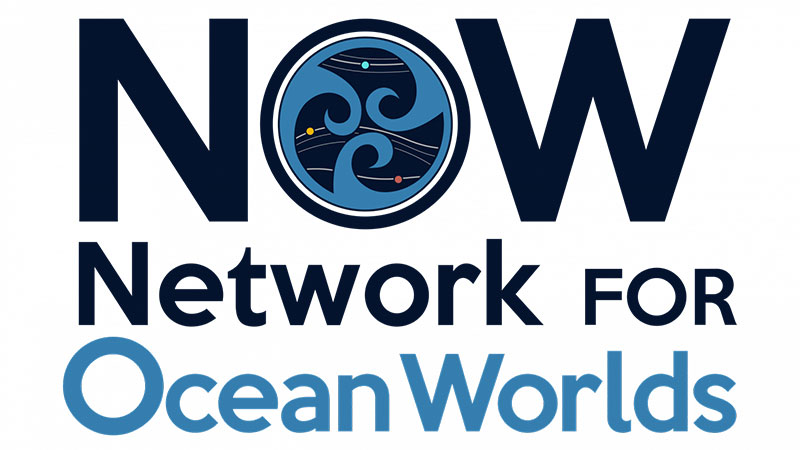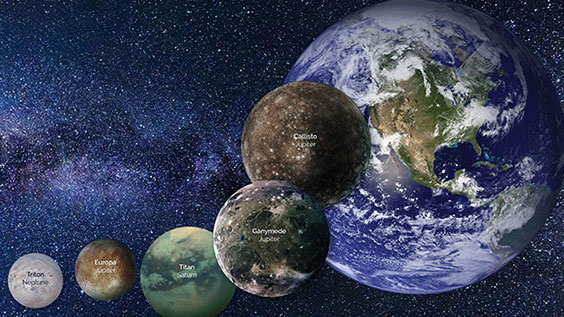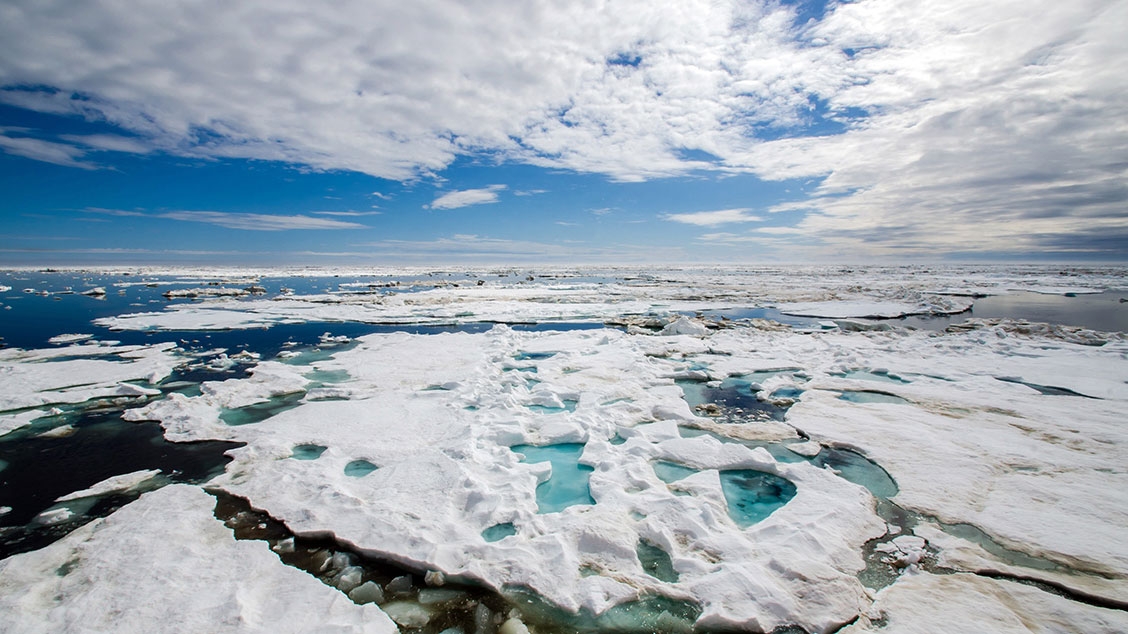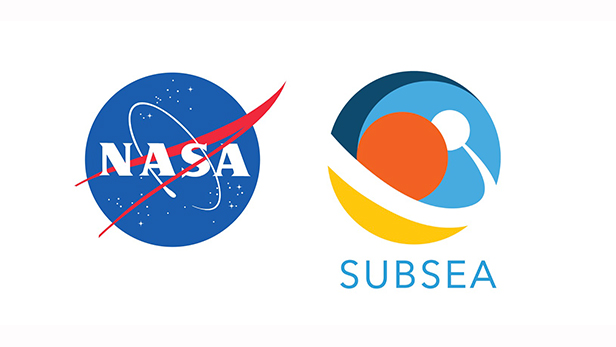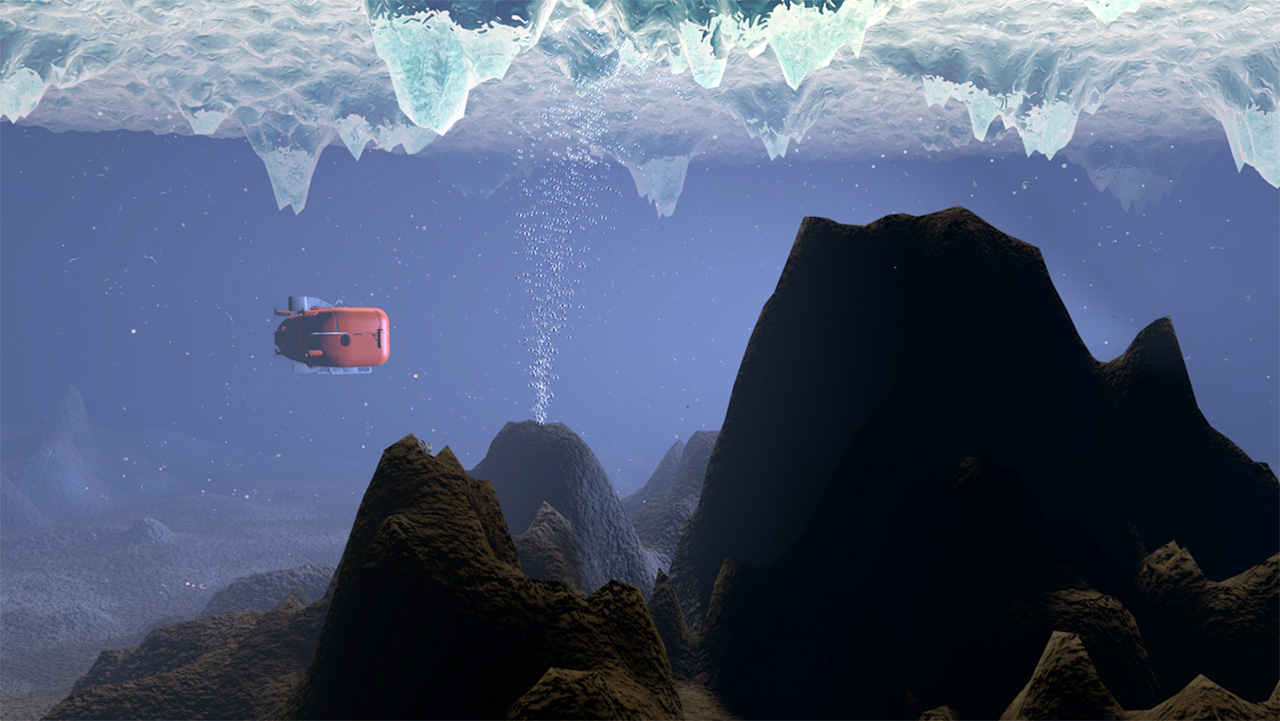Projects
Investigating Ocean Worlds
The 2023-2032 Planetary Science and Astrobiology Decadal Survey (PSADS) prioritized missions to seek evidence for life at ocean worlds in the outer solar system. The concept studies for those missions feature organic analysis as a primary means of detecting life. To optimize the science yield of such missions, it is critical to understand the processes that govern maturation of organic matter from both abiotic and (potential) biological sources. In this project, therefore, we will integrate physical, chemical and biological approaches to address the question:
How do the physical, chemical and (potential) biological processes active on ocean worlds shape the nature of the organic "signal", including evidence for life, that is presented to an observing spacecraft?
Autonomous Localization of Seafloor Fluid Flow Sources
The primary goal of this project is use the autonomous underwater vehicle Sentry to develop a fully autonomous algorithm enabling autonomous underwater vehicles to trace biogeochemistry signatures in the water column that are indicative of hydrothermal vents and cold seeps using real-time data from onboard sensors.
Science and Technology for Ocean Worlds: Ice-Covered Chemosynthetic Ecosystems
This project partners a US team working on Ocean World astrobiology with international polar scientists to investigate a hydrogen-rich seafloor hydrothermal system in the ice-covered Arctic Ocean at seafloor pressures that are intermediate between those projected for submarine vents on Enceladus and the deeper seafloor of Europa.
Network for Ocean Worlds
NASA has formed the Network for Ocean Worlds (NOW) to advance comparative studies to characterize Earth and other ocean worlds across their interiors, oceans, and cryospheres; to investigate their habitability; to search for biosignatures; and to understand life—in relevant ocean world analogues and beyond. The network is designed to accelerate ocean worlds research by facilitating communication among active research teams funded across NASA divisions and by expanding community-wide engagement. The Network is coordinated from WHOI (Kathryn Pietro) and co-led by Chris German (WHOI), Alison Murray (Desert Research Inst), Jackie Grebmeier (UMCES) and Shannon MacKenzie (JHUAPL).
Exploring Ocean Worlds (ExOW)
A five-year, $7.6 million NASA-funded project with partners across 11 institutions aimed at constructing a comprehensive theoretical framework that is informed and tested by experimental efforts to connect the broad spectrum of physical and chemical processes within an ocean world system.
Completed Projects
HACON: Hot Vents in an Ice-covered Ocean
A voyage of discovery funded by NOAA's Office of Exploration and Research will attempt to explore for the first time a hydrothermal vent field in the Arctic Ocean. The WHOI team will deploy HROV Nereid Under Ice to search for some of the same geological, chemical, and biological processes at the Gakkel Ridge north of Greenland that also may be underway on ice-covered worlds of our solar system.
Systematic Underwater Biogeochemical Science and Exploration Analog
SUBSEA brings together the worlds of Space and Ocean exploration science and is a partnership between NASA, NOAA, the Ocean Exploration Trust and various academic centers across the U.S.
Oases for Life Under Ice-covered Oceans
The Arctic Ocean is one of the most remote and inhospitable places on Earth and, as a result, the last major ocean basin to be explored for seafloor fluid flow. This expedition attempted to locate and explore hydrothermal vent sites (and any associated organisms) on the Karasik Seamount about 200 miles from the North Pole.


